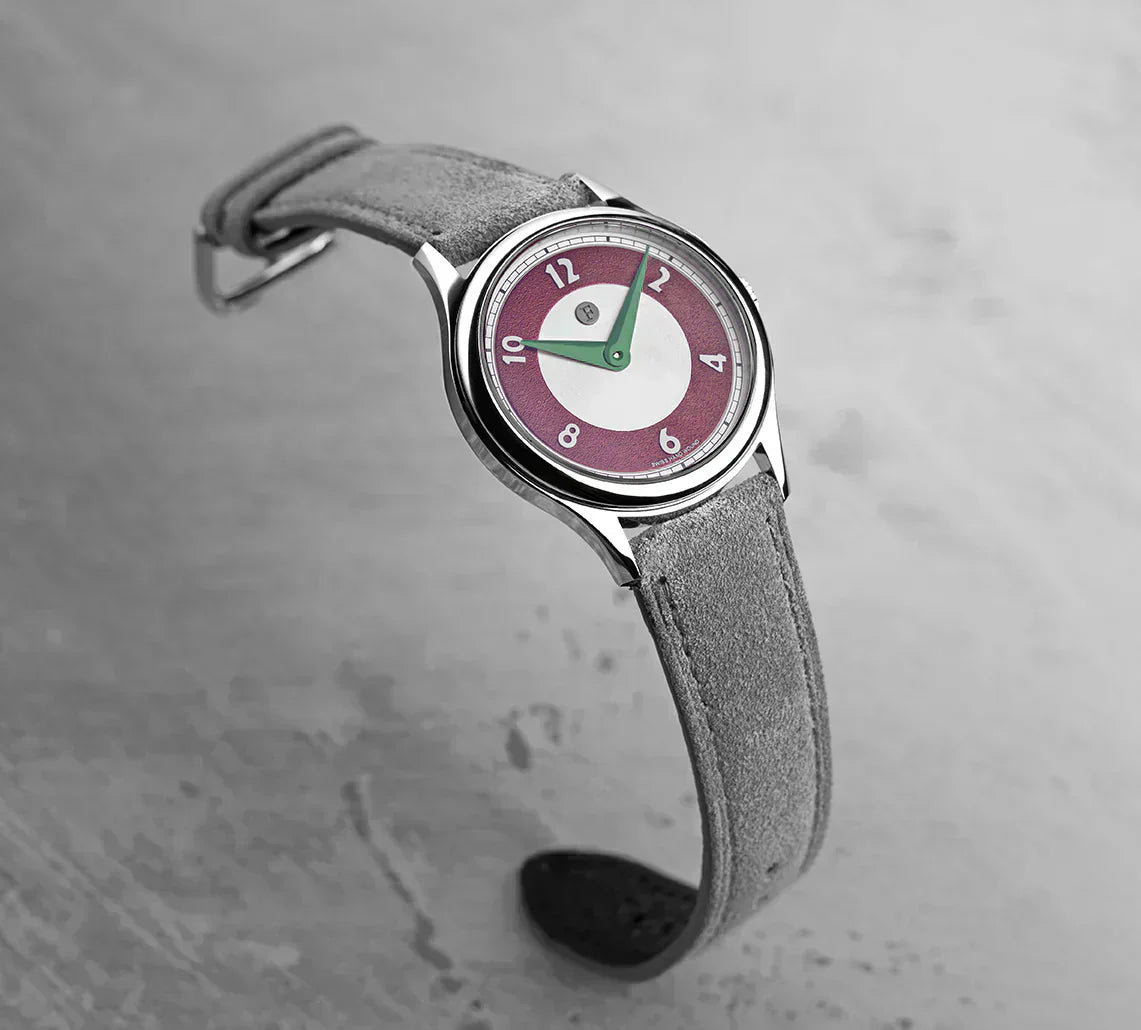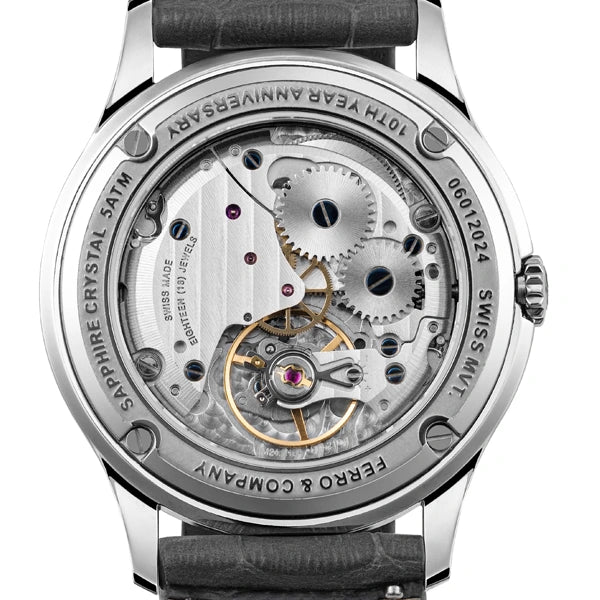We can all agree that watches are one of the most popular pieces of jewelry of all time. They have been an eternally elegant accessory since the 16th century, and they go together with every style.
A brief history lesson
Before there were watches we know today, there were spring-driven clocks that first appeared in Europe in the 15th century. The earliest watch was a clock watch. Those were more an accessory than actual timepieces. People wore them on a chain around their necks. With practically no technology, these watches were not accurate, had a lot of errors, and almost useless. They were made to be worn as jewelry and had a certain status symbol for the higher ranks. They did have fine ornamentation and intriguing mechanisms, which made them perfect accessories. Clock watches were round, so people fastened them to clothing or wore them around the neck on a chain and had to usually be wound twice a day.

After clock watches came pocket watches. In the 17th century, they were still an accessory but used more advanced technology than clock watches. As the name suggests, pocket watches were made to be carried around in a pocket. Pocket watches were usually attached to a chain, and the chain was attached to a coat, lapel, or belt loop in order to prevent it from falling. The shape evolved from not being covered with a glass to being rounded, flattened with no sharp edges, and covered with protective glass to fit in the pocket. The problem with this watch is that you had to take it out of the pocket every time you wanted to see what time it was.

The first concept of a wristwatch originates back to the time of Queen Elizabeth I in the 16th century. She was given an arm watch that was described as a jewelled armlet. Later in the 18th century, a Parisian jeweller Ninot created two bracelets, one with a watch and the other one with a calendar. But the real origins of wristwatches start at the beginning of the 20th century when aviators wanted to have a timepiece they could glance at and see the time without having to search for it in their pockets. During World War I, soldiers began adapting their pocket watches and giving them straps to keep them on their wrists.
In the 1920s, Louis Cartier was one of the trailblazers in the wristwatch category. He designed the famous “Cartier Tank,” and in 1921, he gave the watch its signature elongated curved look. The trend of square-shaped watches continued all through the 1930s when Reverso launched their wristwatch with rectangular case end margins all around it.

Later, the military influenced the watch design in the World War 2 era when IWC first produced Big Pilot’s Watch. This watch was easy to read because it had a big case and numbers. They made the crown bigger so that the pilots could operate with the watch even when wearing gloves.
But no watch was ever as popular as Rolex. It debuted in 1953 and revolutionized the watch world. Rolex came up with a round, watertight watch with a sporty feeling and self-winding technology. The most popular model that was also the most copied was the Submariner. They wanted to develop a watch that was more than just a device that tells time. The technology of that time was developed to the point that Rolex made a watch intended for professional activities. These activities include diving, mountain climbing, aviation, and similar. Their watches later also became known as the watches of achievers.

Then came the era of quartz wristwatches. This technology was being developed by the Japanese, Americans and the Swiss so no one could patent the movement. This made it possible for quartz technology to develop quicker. Quartz watch was revolutionary and made watches tell time more accurately.
Most of the watches today use quartz movement. When this type of technology came out, it was very expensive, but quartz movement became much more affordable as the technology developed. Quartz is a versatile technology since it can be used in digital and analog watches. It is also very reliable, and you just need to change the battery every few years. The first one with this kind of technology was Astron by Seiko in the late 1960s.

Having a watch in the 16th century was probably not the most practical and useful thing to carry around. The earliest watches were big and clumsy, not to mention not accurate at all. Luckily, technological advancements helped improve these technologies, and each century gave us better, more accurate, and prettier watches.
Popular watches today
As we mentioned before, Rolex is one of the most known luxury watch brands in the world. The Rolex models are versatile, and they developed quite a palette of different watches. Another luxury watch brand is Omega. They have been developing watches since 1848, and they perfected their technology as well as their look. Fun fact, the Omega Speedmaster model was the first watch on the moon.
![]()
Some other popular watch brands include Cartier, Seiko, Casio, Swatch, Fossil, Tissot, Longines, and Festina. Different brands fit different people. Some people swear on just one brand for their whole lives, which speaks of huge brand loyalty in the watch industry. These brands made their watches popular worldwide.
We live in a world where we have a huge selection of both premium and affordable watches to choose from. There truly is a watch for everyone.
Choosing a right watch
People put a lot of time into choosing a watch. It is a piece that stays with the person for a period of time. Price plays a big role in this. Choosing the right watch can be like choosing a car. You want to inspect every detail, learn about the characteristics, and try a few models before you pick the right one.
At Ferro Watches, we had this in our minds when we were developing our watch collections. We wanted to build a collection of watches that will make you look like a million bucks. History plays an important role in our decision-making. We take inspiration from various moments in history. For example, early aviation heroes inspired our Pilot collection, and vintage racing cars inspired the Pista collection and our motorsport-style watches.
We are firm believers that history and modern technology go well together. This is why we mixed together popular trends, elegance, and sports. Even though we like retro style, we only use Swiss or Japanese movements, highest-grade metals, and fine leather straps in every collection we make.
Our modern age technology and vintage style make Ferro Watches stand out. Ferro watches are designed to be noticeable and at the same time elegant, affordable, and possible to wear with any outfit you choose.



Comments
Cool article, thank you. JG
Very interesting short history